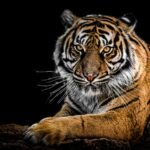The Magnificent Predator That Dominated Ancient Asia

Twenty million years ago, long before tigers stalked the forests of Asia, a different kind of feline ruled the continent. This wasn’t just any predator—it was a saber-toothed cat whose massive canine teeth could slice through bone like butter. Scientists have recently uncovered fossil evidence of this ancient hunter, revealing how it shaped ecosystems across what we now call Asia.
The discovery has rewritten our understanding of prehistoric predators. These weren’t the clumsy, oversized cats that some movies portray. Instead, they were perfectly adapted killing machines that dominated their environment for millions of years.
Teeth Like Daggers: The Ultimate Hunting Tools
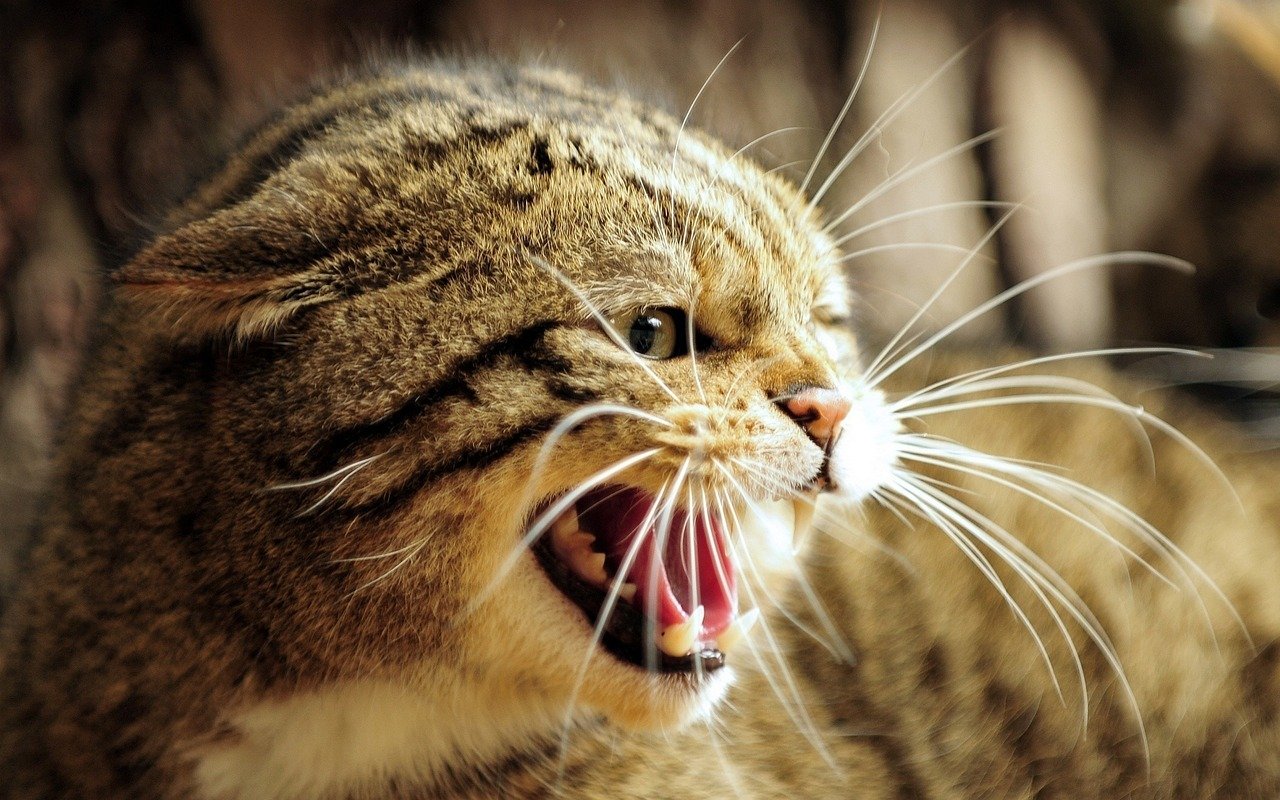
Those famous saber teeth weren’t just for show—they were precision instruments of death. Each canine tooth measured up to 7 inches long and curved like a scimitar. The cat would use these weapons to deliver a fatal bite to the throat of its prey, cutting through major arteries with surgical precision.
What makes this even more incredible is how the cat’s jaw muscles were arranged. Unlike modern cats that bite down with crushing force, saber-toothed cats had weaker jaw muscles but incredibly strong neck muscles. They were built for slashing, not crushing.
Size Matters: A Predator Built for Power
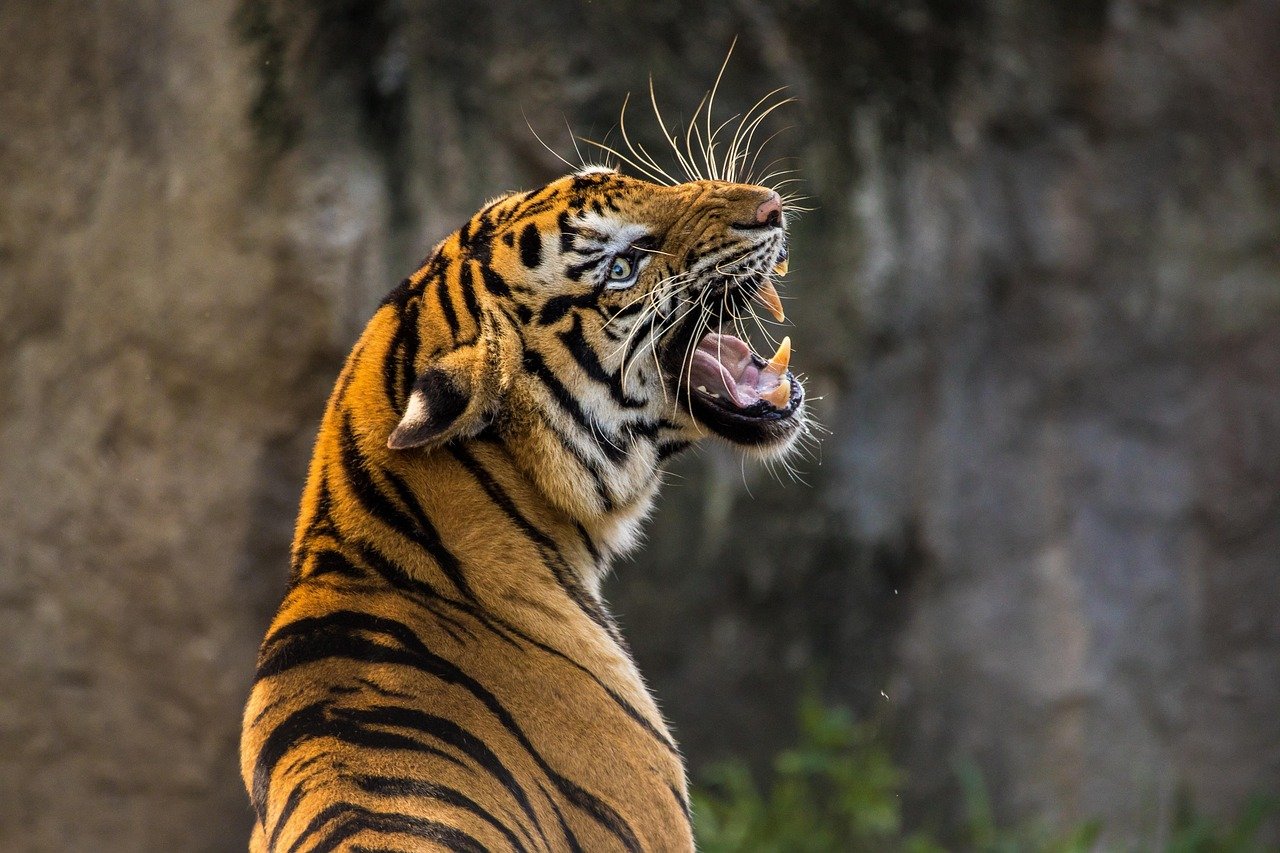
This ancient Asian hunter was massive—roughly the size of a modern lion but built like a tank. Adult males could weigh up to 400 pounds, with powerful shoulders and forelimbs that could pin down struggling prey. Their hind legs were shorter than modern big cats, suggesting they were ambush predators rather than long-distance runners.
The robust build tells us something fascinating about their hunting strategy. These cats didn’t chase down gazelles across open plains. Instead, they lurked in dense vegetation, waiting for the perfect moment to strike.
The Surprising Social Life of Ancient Killers

Here’s where things get really interesting—these saber-toothed cats might have been social animals. Recent fossil discoveries show evidence of group living, with multiple individuals found together in den sites. This challenges everything we thought we knew about prehistoric predators.
Imagine a pride of saber-toothed cats working together to bring down massive prey. The coordination required would have been incredible, suggesting these animals had complex social behaviors similar to modern lions.
Climate Change: The Ancient Enemy
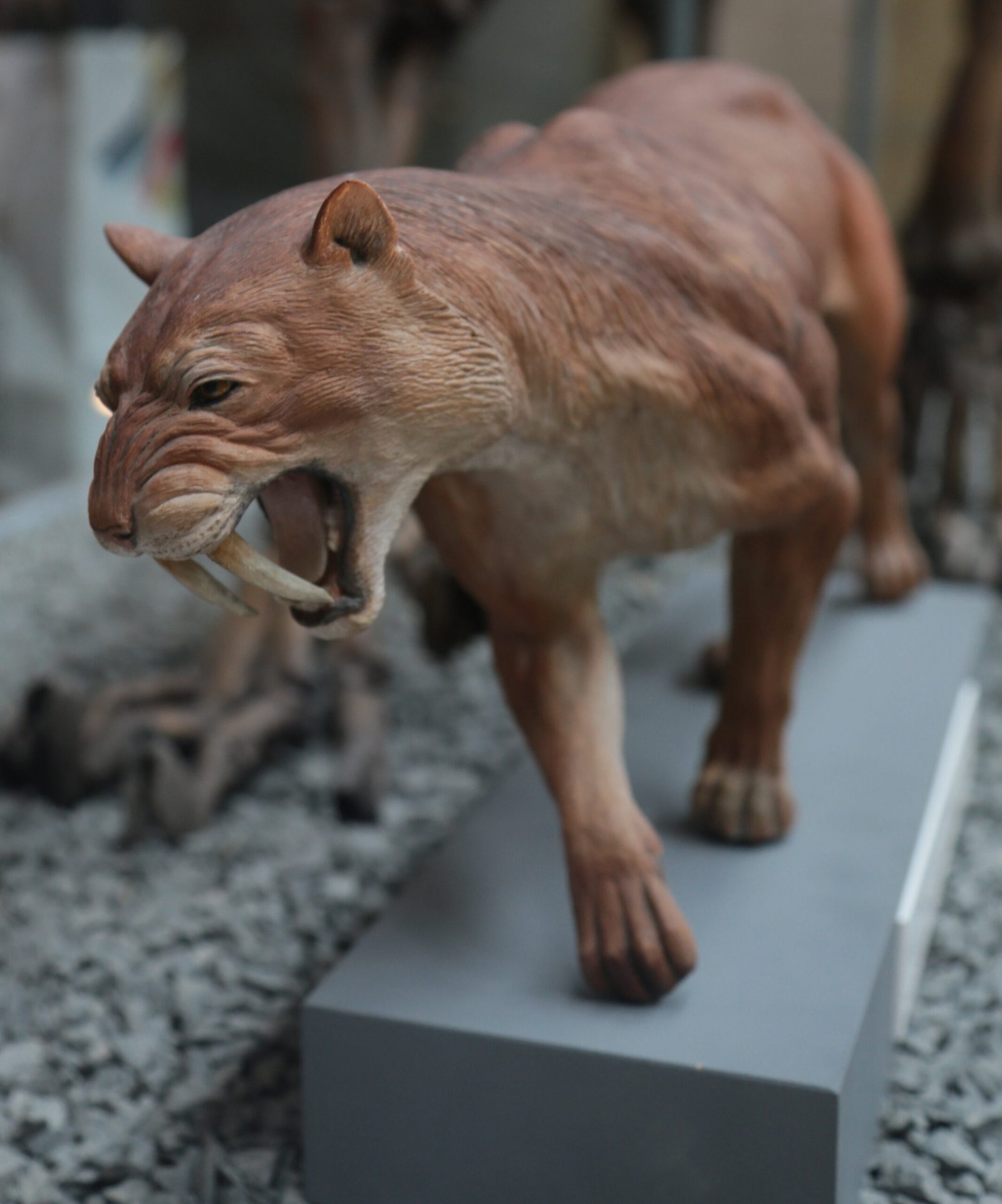
The world was dramatically different 20 million years ago. Asia was warmer and more humid, with vast forests covering areas that are now deserts. This lush environment provided perfect hunting grounds for saber-toothed cats, with plenty of large herbivores to sustain them.
But as the climate began to cool and dry out, these forests started disappearing. The cat’s prey animals evolved to become faster and more agile, while the dense cover that saber-toothed cats relied on for ambush hunting gradually vanished.
The Prey That Shaped a Predator

What did these ancient cats actually hunt? The fossil record reveals they preferred large, slow-moving herbivores with thick hides. Think ancient elephants, rhinoceros-like creatures, and massive ground sloths. These animals were perfect targets for the saber-tooth’s specialized killing technique.
The relationship between predator and prey was like an evolutionary arms race. As prey animals developed thicker skin and stronger necks, the saber-toothed cats evolved longer, sharper teeth and more powerful neck muscles to counter these defenses.
Fossil Mysteries: What the Bones Tell Us
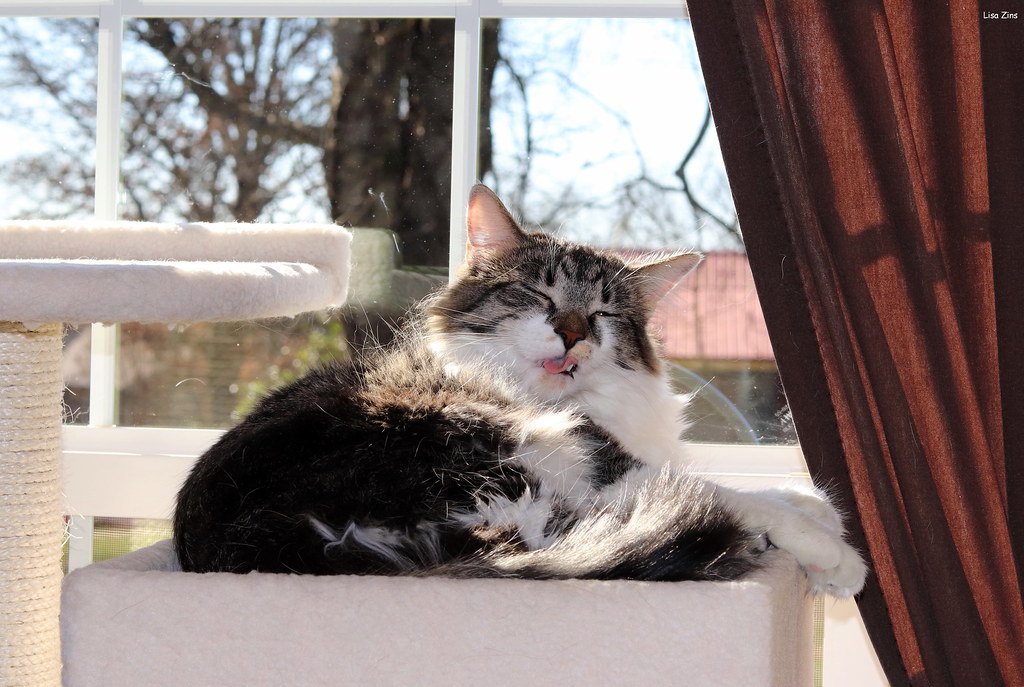
The most complete fossil specimens come from sites in modern-day China and Mongolia. These fossils are incredibly well-preserved, showing not just bones but also evidence of muscle attachment points and even traces of ancient DNA. Scientists can now reconstruct how these cats moved, hunted, and lived.
One particularly exciting discovery was a fossilized skull with the saber teeth still intact. The wear patterns on the teeth revealed exactly how the cat used them—not for biting through bone, but for precise slashing cuts to soft tissue.
The Competition: Other Predators of the Era

Saber-toothed cats weren’t the only predators roaming ancient Asia. They shared their territory with massive crocodiles, giant birds of prey, and even early bear species. The competition for food was fierce, which might explain why these cats evolved such specialized hunting techniques.
Archaeological evidence suggests that different predator species had carved out specific niches. While crocodiles dominated waterways and giant birds ruled the skies, saber-toothed cats were the undisputed masters of the forest floor.
Evolution’s Dead End: Why They Disappeared
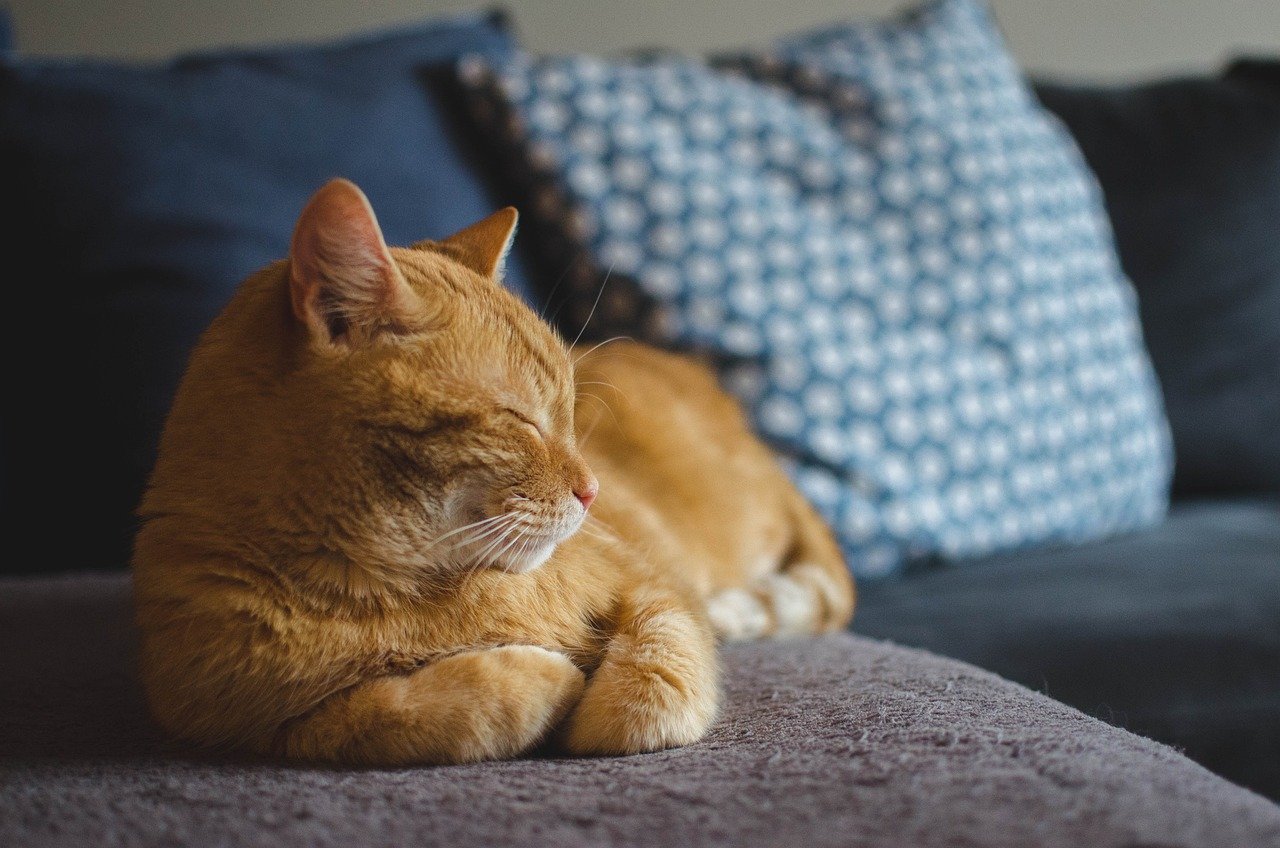
Despite their success, saber-toothed cats eventually went extinct around 10,000 years ago. Their highly specialized anatomy became a liability as the world changed. Those massive teeth required enormous amounts of energy to maintain, and the changing climate meant less suitable prey.
Modern cats evolved smaller, more versatile teeth that could handle a wider variety of prey. This flexibility allowed them to survive while their saber-toothed cousins could not adapt quickly enough to environmental changes.
Modern Relatives: Echoes of Ancient Hunters
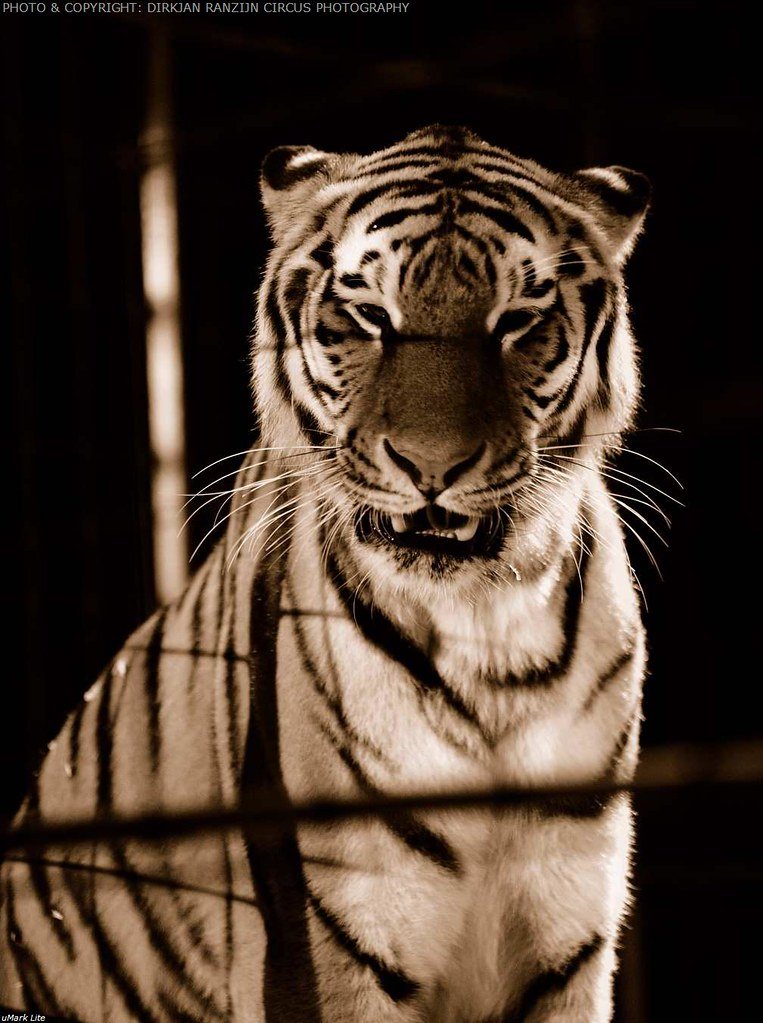
Today’s big cats carry genetic traces of their saber-toothed ancestors. Tigers, in particular, show some behavioral similarities to these ancient predators. Both prefer ambush hunting from dense cover, and both have incredibly powerful forelimbs for grappling with prey.
The hunting strategies we see in modern tigers might be evolutionary echoes of techniques perfected by saber-toothed cats millions of years ago. It’s a reminder that evolution builds on previous successes, even when the original species has long since vanished.
Scientific Breakthroughs: New Technologies, New Discoveries

Modern paleontology has revolutionized our understanding of these ancient predators. CT scans of fossil skulls reveal internal structures that were previously invisible. Computer modeling can now simulate how saber-toothed cats moved and hunted with unprecedented accuracy.
DNA analysis of ancient specimens has even revealed information about their coat color and patterns. Some species likely had spotted coats similar to modern leopards, while others may have been solid-colored like lions.
The Impact on Ancient Ecosystems
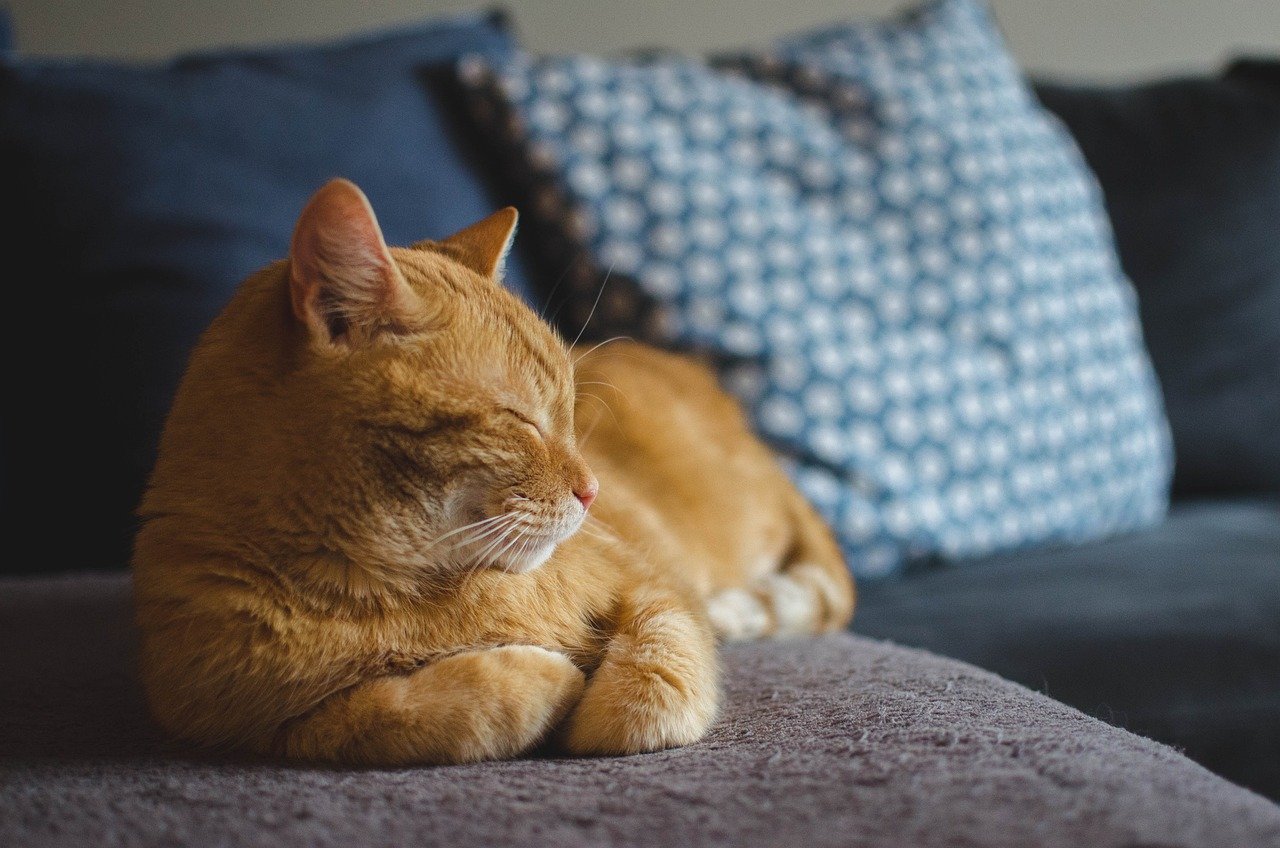
As apex predators, saber-toothed cats played a crucial role in shaping ancient Asian ecosystems. They controlled herbivore populations, which in turn affected plant communities and forest structure. Their presence created a ripple effect that influenced the entire environment.
When these cats disappeared, the ecological balance shifted dramatically. Herbivore populations exploded, forests changed, and the stage was set for new predator species to emerge and fill the vacant niche.
Lessons for Modern Conservation

The story of saber-toothed cats offers important lessons for modern conservation efforts. These ancient predators survived for millions of years but couldn’t adapt to rapid environmental change. Today’s big cats face similar challenges from climate change and habitat loss.
Understanding how prehistoric species responded to environmental pressures helps scientists predict how modern species might cope with current threats. The past, it seems, really is prologue when it comes to conservation biology.
The Legacy Lives On
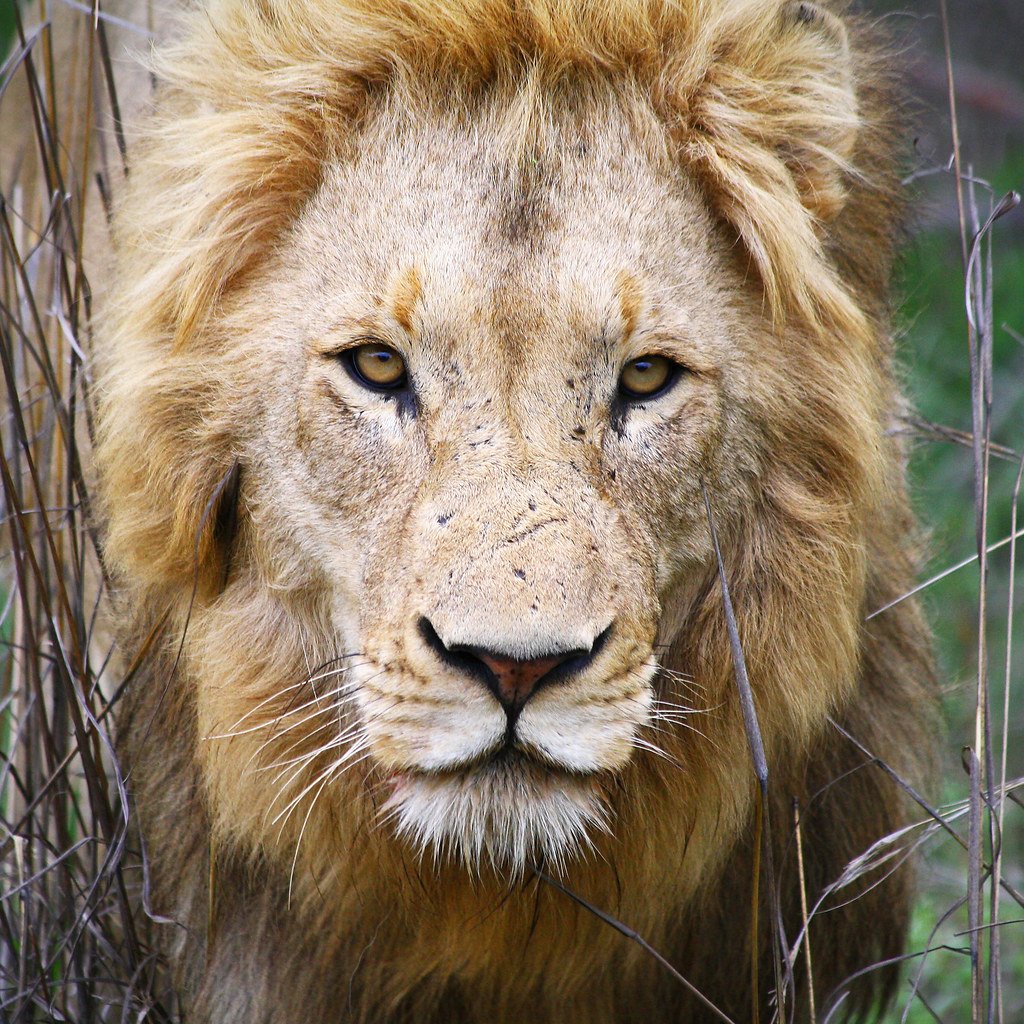
Though saber-toothed cats vanished long ago, their legacy continues to influence Asian ecosystems. The evolutionary pressure they exerted on prey species helped shape the herbivores we see today. Many modern Asian mammals still carry defensive adaptations that originally evolved to counter saber-tooth attacks.
Their story reminds us that even the most successful predators can disappear if they become too specialized. In a world of constant change, adaptability might be more valuable than perfection. Who would have thought that the masters of ancient Asia would teach us so much about survival in the modern world?
Hi, I’m Bola, a passionate writer and creative strategist with a knack for crafting compelling content that educates, inspires, and connects. Over the years, I’ve honed my skills across various writing fields, including content creation, copywriting, online course development, and video scriptwriting.
When I’m not at my desk, you’ll find me exploring new ideas, reading books, or brainstorming creative ways to solve challenges. I believe that words have the power to transform, and I’m here to help you leverage that power for success.
Thanks for stopping by, Keep coming to this website to checkout new articles form me. You’d always love it!


